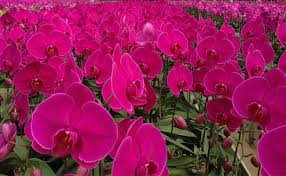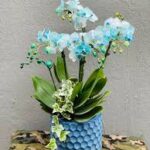Money Cat and its Impact on Traditional Chinese Art: A Harmonious Fusion of Symbolism and Heritage
Exploring the Influence of Money Cat in Traditional Chinese Artistry:

In the rich tapestry of Chinese cultural heritage, Money Cat, or “Maneki-neko,” emerges as a symbol not only of prosperity but also as a muse for traditional artists. This article takes you on a cultural journey, delving into the profound impact of Money Cat on the artistic traditions of China.
1. Symbolism Woven into Brushstrokes:
In traditional Chinese painting, the symbolism of Money Cat intertwines with the graceful brushstrokes of artists. Depicted in landscapes, still lifes, or standalone pieces, Money Cat becomes an emblem of fortune, inviting positive energy and wealth into the artistic compositions.
2. Calligraphy and Fortune Scripts:
Chinese calligraphy, with its rhythmic strokes and artistic flair, provides a perfect medium for expressing the symbolism of Money Cat. Artists skillfully incorporate characters related to prosperity and good fortune, creating harmonious pieces that blend visual aesthetics with cultural meaning.
3. Sculptural Elegance in Clay and Porcelain:
Traditional Chinese ceramics and porcelain artistry embrace Money Cat in the form of elegantly crafted sculptures. From small figurines to intricately detailed larger pieces, these sculptures celebrate the feline figure, infusing traditional techniques with the symbolism of good luck.
4. Intricate Jade Carvings:
The translucent beauty of jade becomes a canvas for Money Cat in the hands of skilled Chinese artisans. Carved with meticulous precision, jade sculptures featuring Money Cat motifs become cherished artifacts, symbolizing not just prosperity but also the cultural legacy of exquisite craftsmanship.
5. Festive Celebrations and Traditional Masks:
During festive celebrations, traditional masks adorned with Money Cat motifs come to life. These masks, used in performances and processions, bring the vibrant energy of Money Cat to the heart of cultural festivities, embodying the spirit of prosperity and joy.
6. Fusion in Traditional Opera:
In traditional Chinese opera, Money Cat makes appearances as both a prop and a symbol. The vibrant costumes and dynamic performances showcase the adaptability of Money Cat in the realm of performing arts, contributing to the visual richness of traditional operatic expressions.
7. Silk Embroidery and Symbolic Motifs:
Silk embroidery, an ancient Chinese art form, embraces Money Cat as a symbolic motif. Intricate patterns and vibrant colors bring the feline figure to life on silk canvases, creating pieces that resonate with cultural depth and artistic finesse.
8. Fusion with Traditional Paper Cutting:
Money Cat finds its way into traditional paper cutting, where delicate patterns are meticulously crafted with precision. The paper-cut artworks featuring Money Cat symbolize not only the intricate skills of the artist but also the enduring cultural significance of this beckoning feline.
Conclusion:
Money Cat’s influence on traditional Chinese art is a testament to its cultural resonance and adaptability. As artists across different mediums infuse their creations with the symbolism of prosperity, Money Cat becomes a bridge between ancient traditions and contemporary expressions. Whether adorning paintings, sculptures, or traditional masks, Money Cat continues to weave its charm, enriching the visual tapestry of traditional Chinese artistry with an enduring legacy of fortune and cultural pride.


